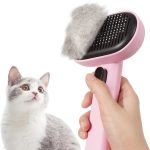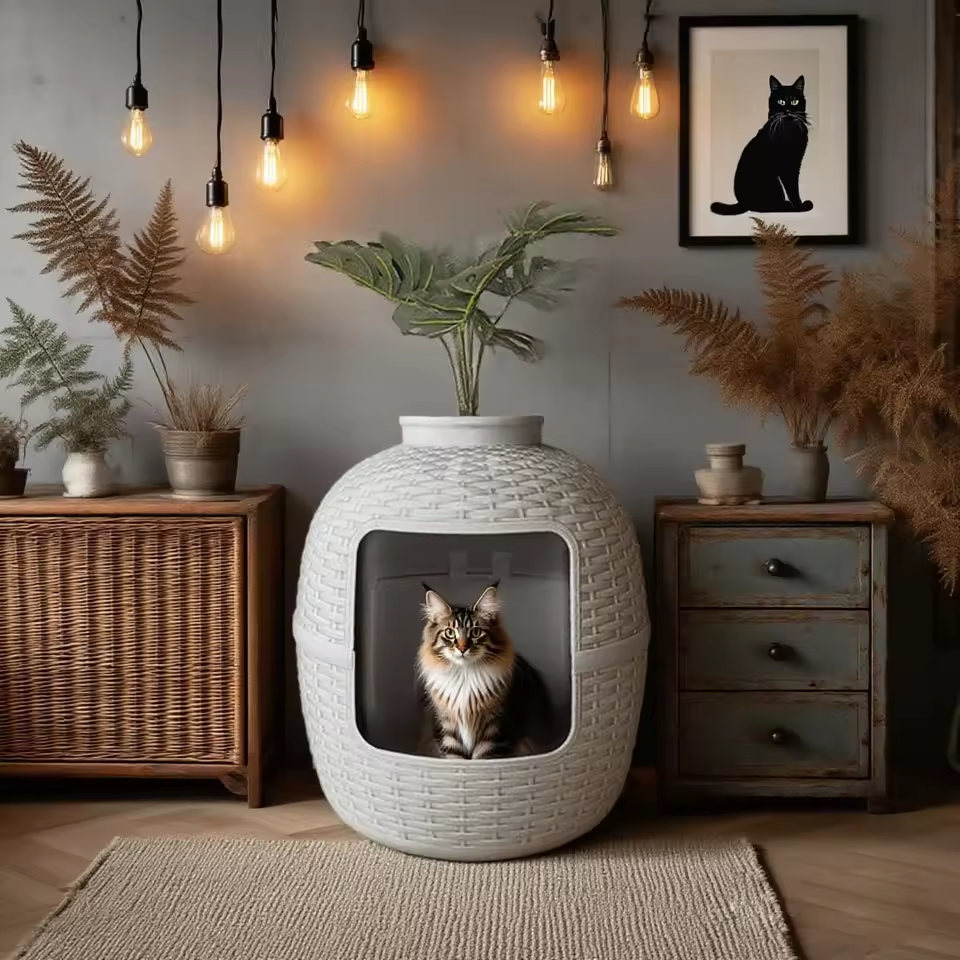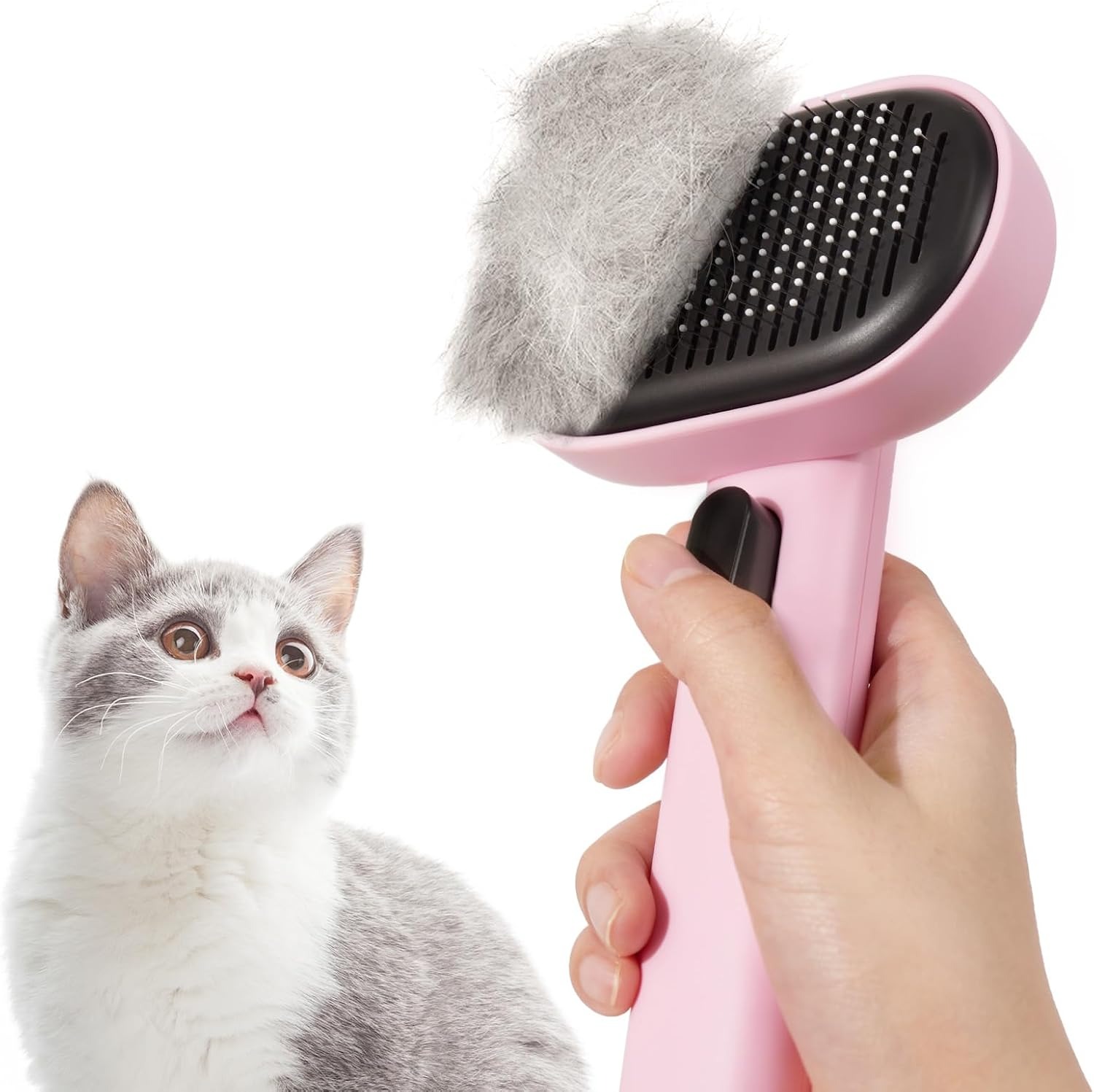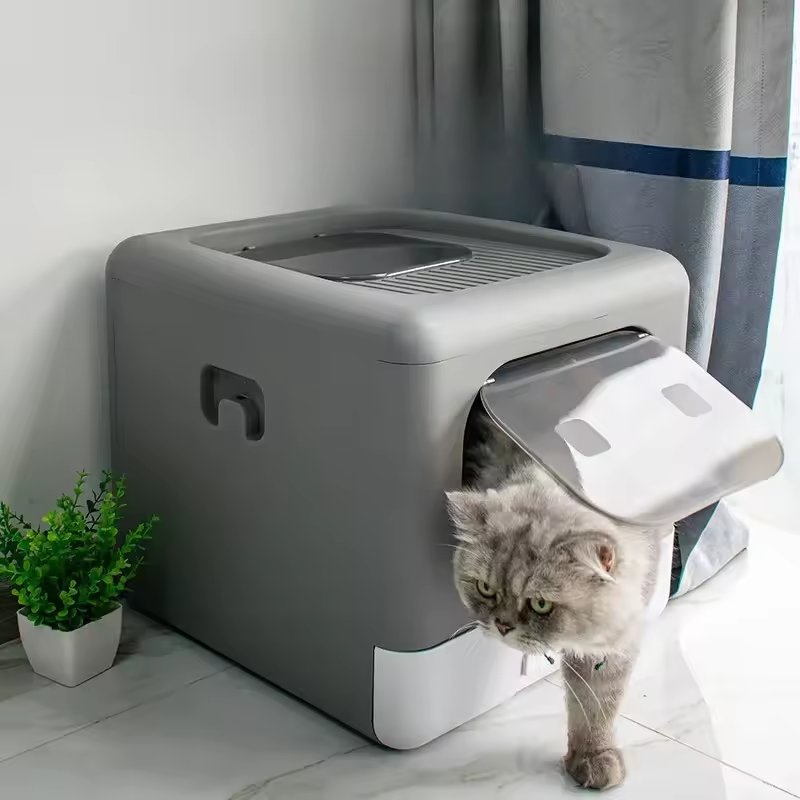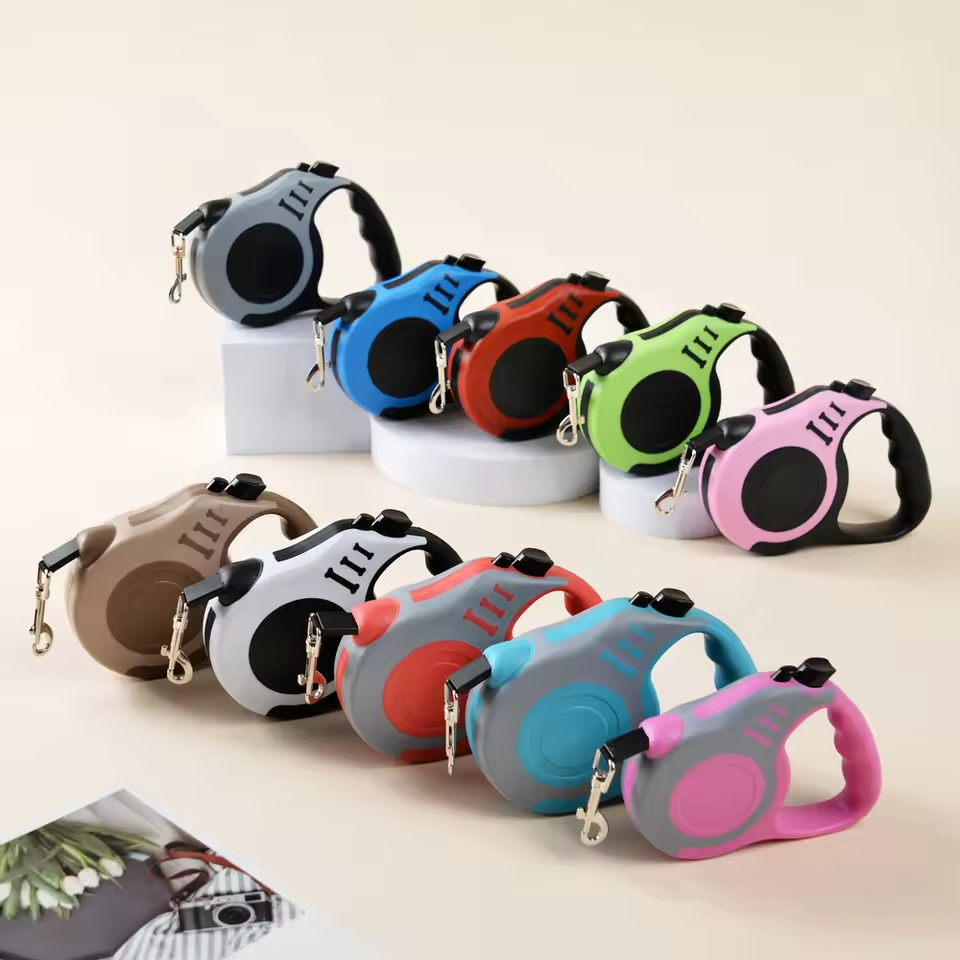Introduction to Pet Blankets
A pet blanket is a versatile, cozy accessory designed to provide warmth, comfort, and security for cats, dogs, and small animals. Beyond basic insulation, these blankets cater to specific needs like orthopedic support, hypoallergenic materials, or weather-resistant designs.
Key features include:
- Temperature Control: Fleece or heated options keep pets warm in winter, while breathable cotton offers summer comfort.
- Safety & Durability: Reinforced stitching withstands claws or chewing, while non-toxic fabrics ensure safety.
- Customization: Options range from lightweight travel mats to weighted blankets reducing anxiety in stressed pets.
Ideal for indoor use (bedding, car seats) or outdoor adventures (picnics, vet visits), a pet blanket doubles as a familiar “safe space” for timid animals. For aging pets, memory foam versions ease joint pain, while hypoallergenic choices soothe sensitive skin.
By addressing both practicality and emotional needs, the pet blanket becomes an essential tool for enhancing your pet’s comfort and well-being.
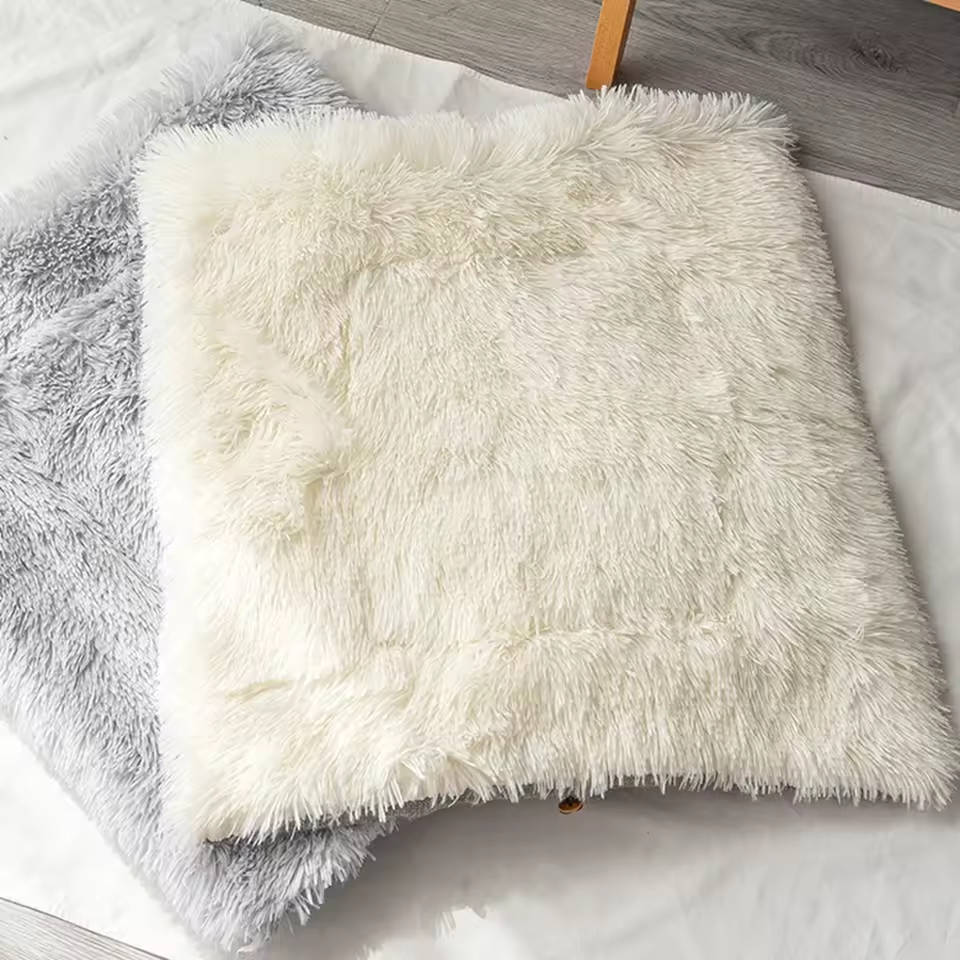
Benefits of a Quality Pet Blanket
A pet blanket is more than a cozy accessory—it’s a tool that enhances your pet’s physical health, emotional well-being, and overall quality of life. Here’s how investing in a premium option delivers long-term benefits:
- Temperature Regulation
High-quality materials like fleece or memory foam trap warmth in winter while allowing breathability in summer. Heated versions provide safe, consistent warmth for pets recovering from illness or suffering from arthritis. - Stress and Anxiety Relief
Familiar textures and scents in a pet blanket create a “safe zone” for anxious animals. Weighted blankets mimic gentle pressure, calming dogs during thunderstorms or cats in new environments. - Health Support
- Orthopedic Designs: Memory foam contours to joints, reducing strain for aging pets.
- Hypoallergenic Fabrics: Prevent skin irritation and dander buildup for allergy-prone pets.
- Waterproof Layers: Protect against accidents, aiding in quick cleanup and hygiene.
- Durability and Versatility
Reinforced stitching withstands claws or teeth, while lightweight options double as travel mats for car rides or vet visits. Some blankets even feature non-slip bases to stay in place on smooth floors. - Bonding Opportunities
Sharing a pet blanket during quiet moments strengthens trust. For multi-pet households, blankets with separate compartments encourage peaceful coexistence. - Longevity and Cost-Effectiveness
Durable materials outlast cheap alternatives, reducing frequent replacements. Machine-washable options ensure long-term use without compromising cleanliness.
By addressing these needs, a quality pet blanket becomes an investment in your pet’s comfort, health, and emotional stability—transforming ordinary spaces into sanctuaries of warmth and safety.
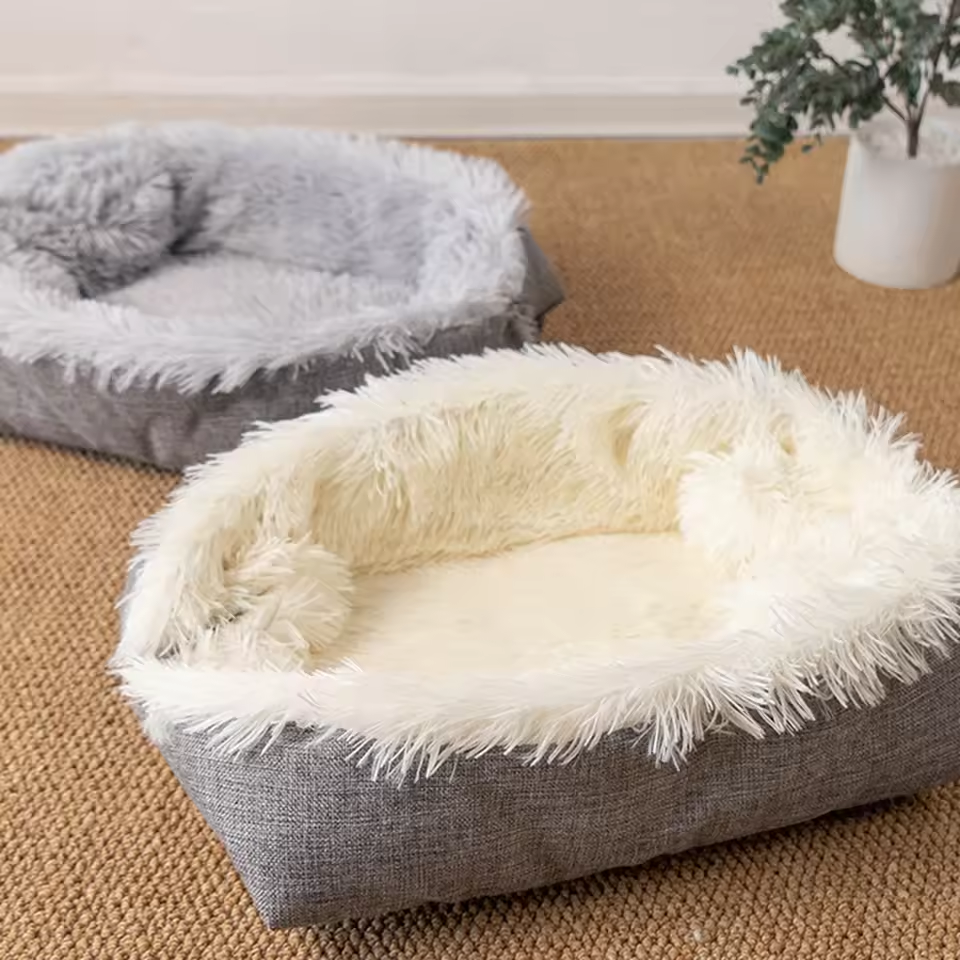
Key Features to Consider
Selecting the ideal pet blanket requires attention to material, functionality, and safety to ensure it meets your pet’s needs. Here are the critical features to prioritize:
- Material Quality
- Insulation: Opt for fleece or wool for cold climates; cotton or microfiber for breathable summer use.
- Durability: Reinforced seams and tear-resistant fabrics withstand claws or teeth.
- Hypoallergenic Options: Ideal for pets with sensitive skin (e.g., organic cotton or anti-microbial materials).
- Size and Fit
- Pet-Specific Dimensions:
- Small Pets: Mini-sized blankets for cats or rabbits.
- Large Dogs: Extra-large mats with anti-slip backing.
- Adjustable Designs: Some blankets feature Velcro straps for snugger fits.
- Pet-Specific Dimensions:
- Functional Features
- Heated Blankets: Look for models with auto-shutoff timers and low-voltage heating pads for safety.
- Waterproof Layers: Essential for indoor/outdoor use or pets prone to accidents.
- Orthopedic Support: Memory foam contours to joints, easing arthritis pain.
- Safety and Comfort
- Non-Toxic Materials: Avoid blankets with harsh chemicals or loose threads.
- Weighted Designs: Provide calming pressure without restricting movement.
- Ease of Maintenance
- Machine-Washable Fabrics: Simplify cleaning for muddy paws or shedding.
- Detachable Covers: Allow quick removal and washing.
- Aesthetic and Multi-Use
- Fashionable Designs: Coordinate with home decor while serving as a functional pet accessory.
- Versatility: Use as a car seat protector, travel mat, or outdoor picnic blanket.
By prioritizing these features, a pet blanket becomes a practical, long-lasting investment that enhances your pet’s comfort and your peace of mind.
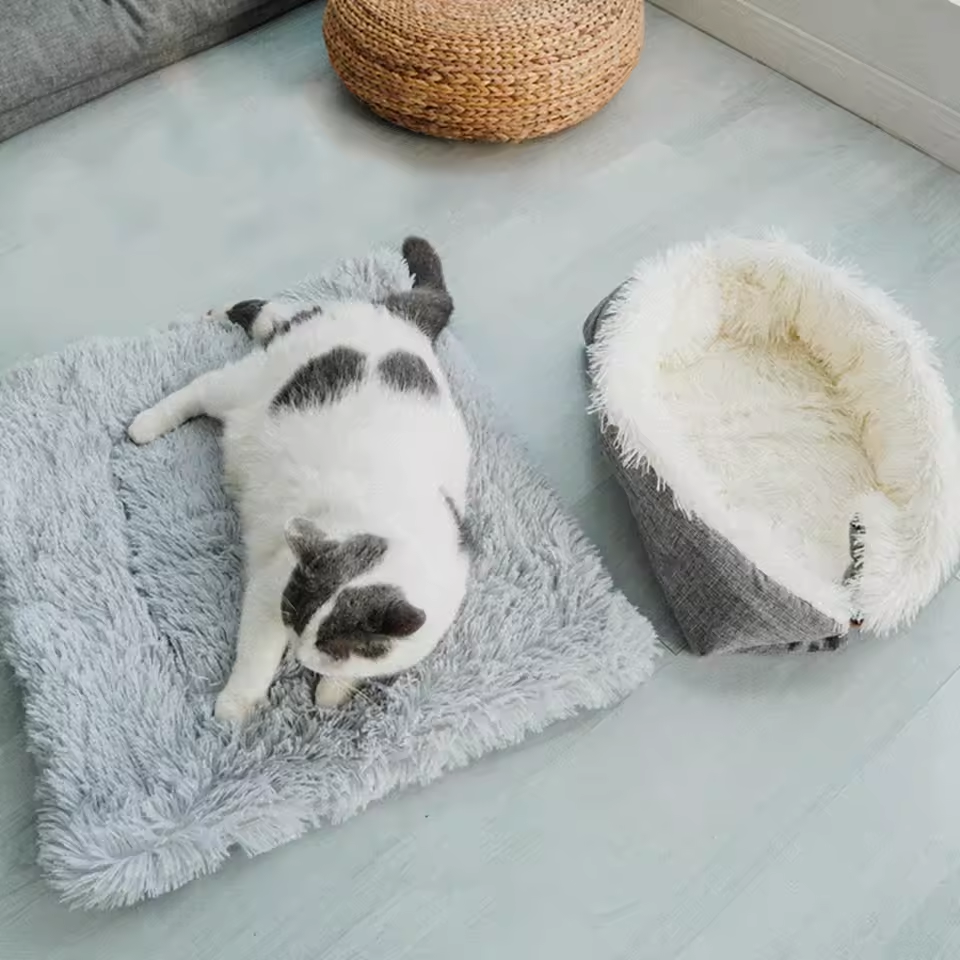
Material Choices for Pet Blankets
The right material for your pet blanket ensures comfort, durability, and safety for your furry friend. Here’s a breakdown of the most common materials and their pros/cons:
- Wool
- Pros: Excellent insulation for cold climates; naturally moisture-wicking.
- Cons: Can cause allergies in sensitive pets; requires gentle washing.
- Best For: Dogs/cats in chilly regions, but avoid for pets with wool sensitivities.
- Cotton
- Pros: Soft, breathable, and hypoallergenic. Organic cotton is chemical-free.
- Cons: Less durable against claws; prone to shrinking.
- Best For: Indoor use for low-shedding pets or allergy-friendly homes.
- Polyester/Fleece
- Pros: Lightweight, machine-washable, and retains heat without bulk. Microfiber fleece resists pilling.
- Cons: Less breathable in summer.
- Best For: Active pets, travel, or outdoor adventures.
- Memory Foam
- Pros: Provides orthopedic support for joints; moldable to body contours.
- Cons: Heavier; requires a fabric cover for durability.
- Best For: Elderly pets with arthritis or mobility issues.
- Waterproof Materials
- Pros: PU-coated nylon or TPE layers repel accidents and mud.
- Cons: Less breathable; may feel stiff.
- Best For: Puppies in training, outdoor enthusiasts, or indoor/Outdoor pets.
- Natural Blends
- Pros: Hemp or linen mixes offer eco-friendly durability and temperature regulation.
- Cons: Prone to fading with frequent washing.
- Best For: Eco-conscious owners seeking long-lasting options.
When choosing materials, match your pet’s lifestyle: prioritize waterproofing for active dogs, orthopedic support for seniors, and hypoallergenic fabrics for sensitive pets.
Choosing by Pet Size and Needs
Selecting the perfect pet blanket depends on your pet’s size, health, and lifestyle. Here’s how to tailor your choice for maximum comfort and functionality:
- Small Pets (Cats, Toy Breeds)
- Size: Miniature blankets or mats (12”x16”) for cats or Chihuahuas.
- Materials: Soft fleece or plush for warmth without bulk.
- Key Features: Lightweight designs for travel or carriers.
- Medium-Sized Dogs
- Size: Standard blankets (24”x36”) accommodate breeds like Beagles or Shih Tzus.
- Materials: Durable polyester for claws; machine-washable options for shedding.
- Special Needs: Waterproof layers for dogs prone to accidents.
- Large Dogs (Over 50 lbs)
- Size: Extra-large blankets (36”x54”) with non-slip backing to stay in place.
- Materials: Reinforced edges for rough play; memory foam for joint support.
- Key Features: Heated options for cold climates or arthritis management.
- Senior or Arthritic Pets
- Opt for memory foam blankets with orthopedic padding.
- Heated versions (e.g., PetSafe Snuggle Mat) ease stiffness during sleep.
- Sensitive Skin or Allergies
- Choose hypoallergenic materials like organic cotton or microfiber.
- Avoid wool or synthetic blends that may irritate skin.
- Outdoor or Active Pets
- Waterproof blankets (nylon or TPE) withstand mud and rain.
- Lightweight, foldable designs for hikes or car trips.
- Multi-Pet Households
- Detachable covers simplify cleaning when shared by multiple pets.
- Neutral colors or reversible designs cater to varied tastes.
By matching the pet blanket to your pet’s physiology and habits, you ensure comfort, safety, and longevity of use.
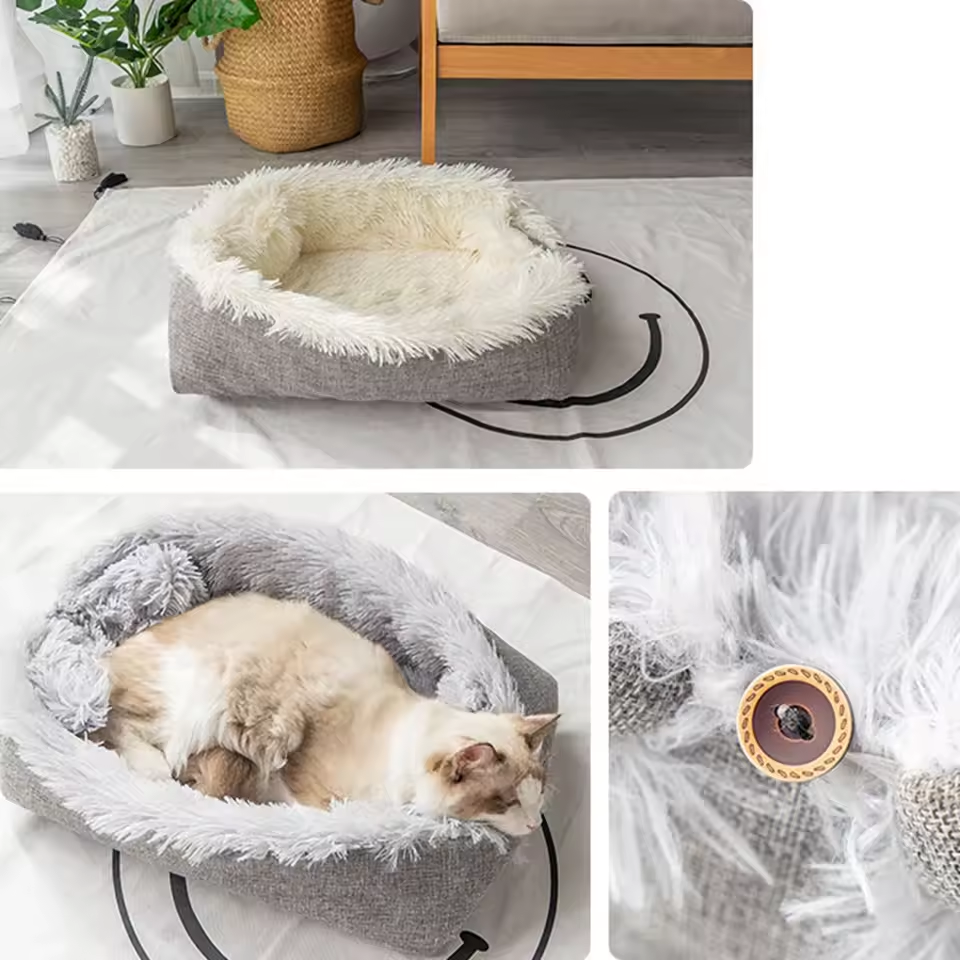
Heated vs. Non-Heated Options
When choosing a pet blanket, deciding between heated and non-heated options depends on your pet’s needs and environment. Here’s a breakdown of their pros and cons:
Heated Pet Blankets
Ideal for cold climates or pets with arthritis, these blankets use low-voltage heating pads to provide consistent warmth. Pros include:
- Pain Relief: Eases joint stiffness in senior pets.
- Energy Efficiency: Some models auto-shutoff after 2–12 hours.
- Multi-Season Use: Warms indoor spaces during winter.
However, cons include:
- Power Dependency: Requires electricity, limiting outdoor use.
- Safety Risks: Frayed wires may pose hazards—regular inspections are critical.
- Higher Cost: Priced between 30–100, depending on size and features.
Non-Heated Pet Blankets
These rely on insulation from materials like fleece or wool to retain body heat. Pros:
- Versatility: Lightweight and portable for travel or outdoor adventures.
- Cost-Effective: Affordable options start at 10–40.
- Zero Maintenance: No wires or batteries to manage.
Cons:
- Limited Warmth: Less effective in extreme cold.
- No Medical Benefits: Won’t alleviate arthritis pain like heated versions.
Choosing the Right Option
Opt for a heated blanket if your pet struggles with cold intolerance, arthritis, or lives in a freezing climate. For general warmth, travel, or mild winters, a non-heated option suffices. Always prioritize safety: heated models must be pet-proofed, while non-heated ones should be durable against claws or chewing.
Care and Maintenance Tips
Proper care ensures your pet blanket stays clean, safe, and functional for years. Follow these steps to extend its lifespan:
- Regular Cleaning
- Machine-Washable Fabrics: Use mild detergent and cold water. Avoid bleach or fabric softeners, which weaken fibers.
- Hand-Washing: Best for delicate materials like memory foam or weighted blankets.
- Air-Dry: Dry blankets flat or hang to avoid shrinkage. Never use a hot dryer unless labeled safe.
- Stain Removal
- Accidents (Urine/Food): Blot stains immediately with a damp cloth. Apply enzymatic cleaner for odor removal.
- Mud or Dirt: Scrape off excess debris before washing; pre-treat stains with pet-safe stain remover.
- Storage Tips
- Store in a cool, dry place to prevent mold growth. Use breathable bins to avoid dust accumulation.
- Avoid folding tightly—roll the blanket to maintain its shape.
- Inspection Routine
- Check for fraying edges, loose stitching, or damaged heating elements (in heated blankets) monthly.
- Discard blankets with holes or worn-out padding to prevent ingestion of fibers.
- Avoid Common Mistakes
- Never leave heated blankets unattended during charging or use.
- Don’t expose memory foam to direct sunlight, which causes drying and cracking.
By following these guidelines, your pet blanket remains a hygienic, durable comfort item for your pet’s comfort and safety.
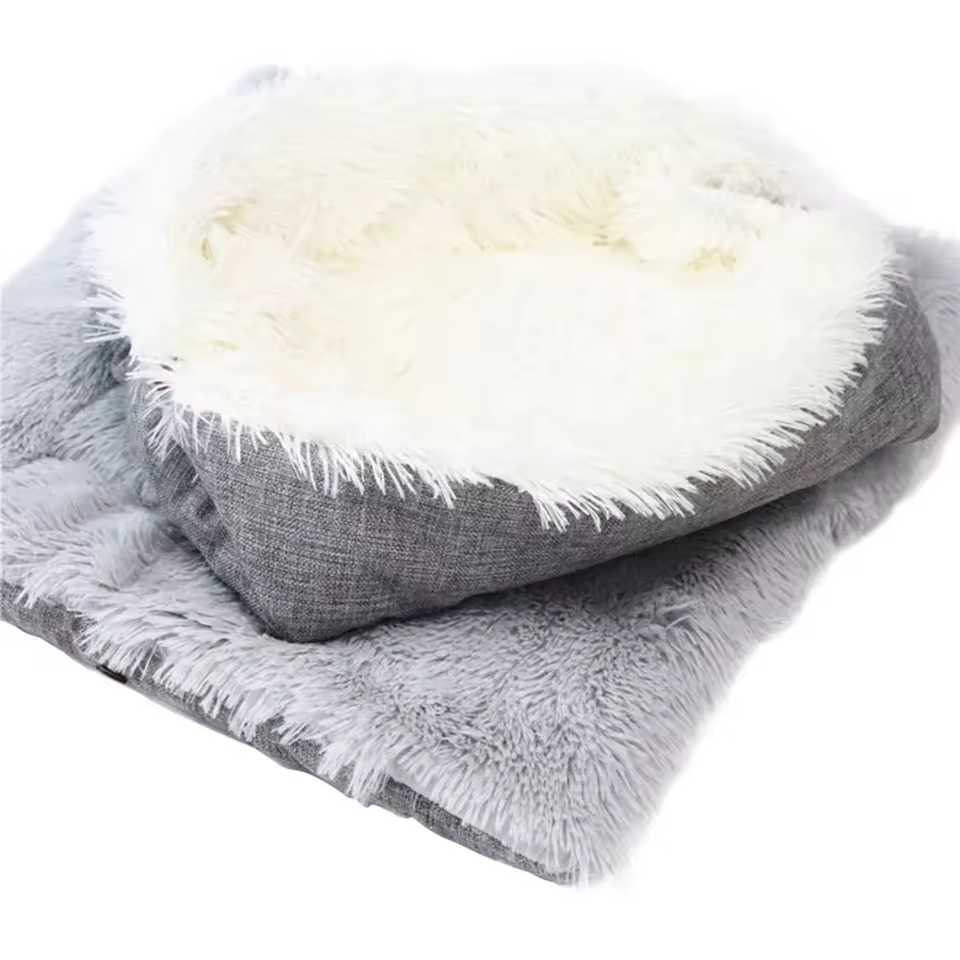
FAQs About Pet Blankets
Q: Are heated pet blankets safe for my dog/cat?
Yes! Choose models with auto-shutoff timers and avoid leaving unattended. Opt for low-voltage options to reduce fire risks.
Q: What’s the best material for shedding pets?
Go for short-haired fleece or nylon blends—they resist hair buildup and are easy to clean.
Q: Can I machine-wash a pet blanket?
Most are machine-washable (check labels). Use cold water and mild detergent; air-dry to prevent shrinkage.
Q: Are these blankets suitable for summer?
Yes! Non-heated options with breathable cotton or linen keep pets cool. Avoid heated versions in warm weather.
Q: How often should I replace a pet blanket?
Every 6–12 months, depending on use. Replace immediately if damaged or soiled with bodily fluids.
Q: Do weighted blankets help anxious pets?
Yes! They mimic a comforting hug, reducing stress in dogs with separation anxiety or cats in new environments.
Q: Are hypoallergenic blankets necessary?
Recommended for pets with sensitive skin—look for organic cotton or microfiber to minimize irritation.
By addressing these concerns, the pet blanket becomes a safe, versatile tool for your pet’s comfort and health.


